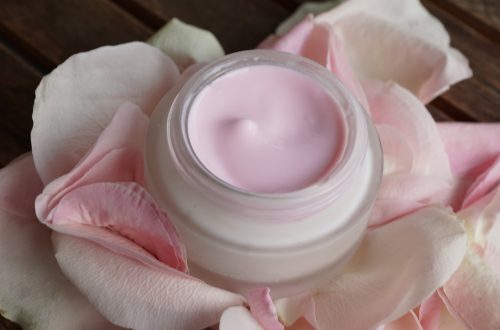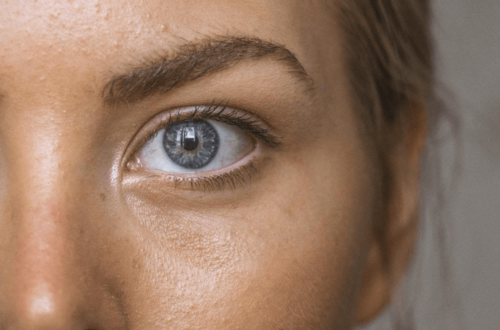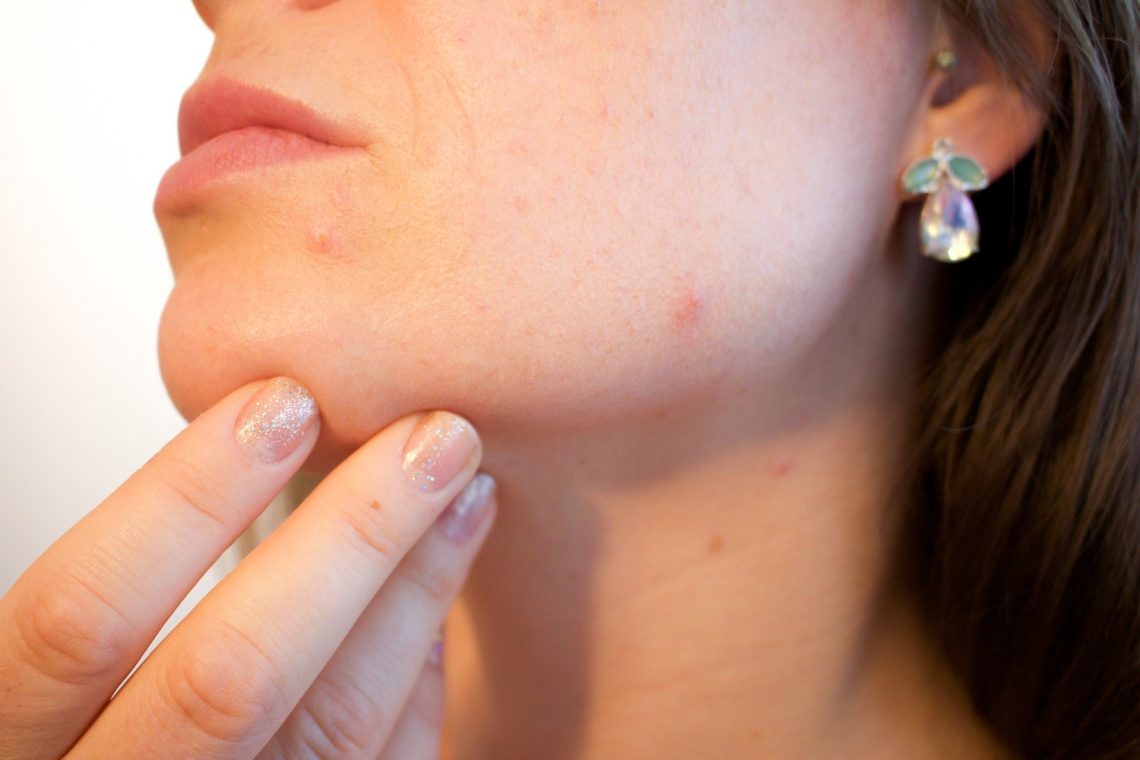
How to Get Rid of Whiteheads
We all want to have flawless skin. However, different skin conditions always seem to crop up when your skin starts glowing. Whiteheads are one of such skin conditions. A whitehead is a skin pore or hair follicle blocked with oil, dead skin cells, and bacteria. Whiteheads are a form of acne. Acne, a common skin condition, usually appears on the face, chest, back, and uncommonly the neck and shoulders. How do we get rid of whiteheads?
Whiteheads, also known as comedones, are clogged hair follicles or pores. They are pores covered by a thin layer of skin that traps oil beneath the surface. As the oil is not exposed to air, it may remain white or turn yellowish. This is why it is called a “Whitehead.”
However, if a comedo has bacteria, infection is bound to occur. The whitehead may probably turn to an inflamed papule or pustule. Whiteheads may leave permanent scars. In America, 8 out of 10 people from the age range of 11 and 30 have a type of acne. Nevertheless, the condition can affect anybody. This skin condition is not limited to members of any age group.
Causes of whitehead
There are lots of factors that can cause the development of whiteheads. Whitehead has similar causes to other types of acne. When your sebaceous glands begin to overproduce oil(sebum), the excess oil will mix with dead skin cells. This will cause your skin pores to get blocked, a potential situation that leads to the formation of whiteheads. Most times, your glands secrete excess sebum because of changes in the body’s hormone production. This can occur during pregnancy, menopause, and, most especially, puberty.
How to get rid of whiteheads
Nearly 80% of Americans have had acne at some point. Causes of whiteheads vary from perspiration to reaction to some skincare products and fabric. Necessarily, various tips and treatments such as blue light therapy for acne can help you get that smooth skin that you crave. They include:
1. Do not touch your face
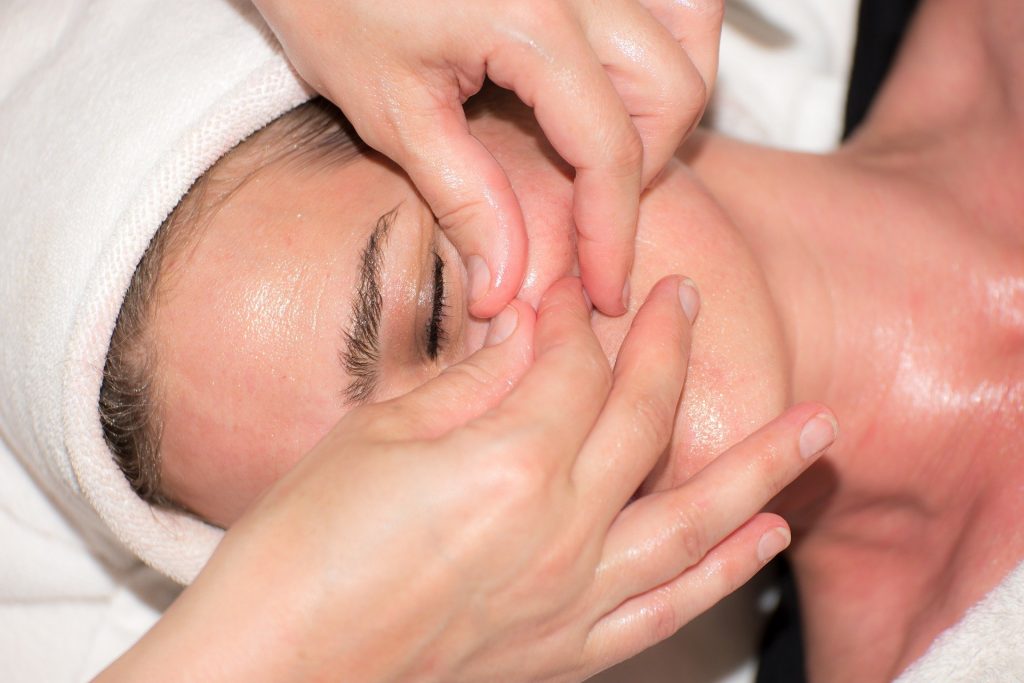
Surprisingly, the first step to take in whitehead removal is doing nothing. That is, you should not touch your face. Touching your face only invites more pore-clogging dirt, bacteria, and oil. It can also irritate your skin. Also, picking at whiteheads isn’t the way to go. It will do more damage than repair. It may lead to irritation and permanent scars. The best you can do is to find out other whitehead removal methods that are hygienic and effective.
2.Homemade solutions
Homemade cures are the easiest and inexpensive whitehead removal methods. It involves using unique compounds that you already have at home. Some ingredients can be damaging, though, so you need to be careful. You should not continue any remedy that itches or discomforts your skin.
Some home remedies help, and some may irritate your skin. For example, apple cider vinegar or lemon juice is likely too acidic for sensitive skin. Baking soda may be too acrid.
Sugar crystals may cause more inflammation and likely tear the skin. Therefore, you have to make your choice wisely. Conduct a medical aesthetician before you make any drastic decisions.
3. Natural Cures
Natural cures are now getting more recognition as an alternate skin treatment. Well, the term “natural” may seem trendy, but it also means these treatments have not been tested and proven to work. Therefore it is advisable to use them with caution. Helpful natural cures include:
- Vitamin A cream: Vitamin A is a nutrient that has powerful antioxidant qualities. For skin treatment, vitamin A tends to cause skin redness and inflammation. At the same time, it enhances the healthy growth of cells. Some creams that are bought over the counter and in natural treatment stores contain vitamin A. They should be applied on the face once or twice daily. Vitamin A products can cause you to be more sensitive to the sun. You should wear sunscreen when using products with Vitamin A.
- Tea tree oil: Tea tree oil is advertised to have anti-inflammatory effects. It may also have antimicrobial properties. This means tea tree oil can help reduce the incidence of whiteheads. The tea tree oil may be in the form of oil that you can apply directly to the skin. Some skin care products, such as cleansers, masks, and spot treatment, contain tea tree oil.
- Aloe Vera: This is a plant-based ingredient. It is also available as an extractor in over the counter skincare products. Although, studies prove that the efficiency of aloe vera is vague. It is reportedly said to work more effectively alongside other products.
- Witch hazel: It is derived from a flower with the same name. Witch hazel helps with whitehead removal due to its acetic, pore opening properties. It is most appropriate to use in its acid form. Apply it to your face gently with a cotton ball. The application shouldn’t take place more than twice a day.
4. Store-bought products

Whitehead removal and other cures for skin problems sometimes need repeated trials. If you have tried natural and home remedies and it had failed to work for you. You should try buying some products from the store as it may be efficient. Be careful not to use too many products at the same time. Using too many products for whitehead removal can dry out the skin. Consistency is also essential as sometimes these products may take months to fully show beneficial effects.
5. Benzoyl peroxide
This can be used to treat spots and also help with full-face treatment. It clears excess oil and bacteria. If you have many whiteheads in one area, try benzoyl peroxide as a whitehead removal. It will reduce inflammation and redness.
Get a product with at least 2% benzoyl peroxide. Apply it to the affected area once a day. If you notice it works well and doesn’t irritate your skin, you can increase application to twice daily. Do not forget to wash your hand after usage as it can bleach hair and clothes.
6. Salicylic acid
Salicylic acid can reduce oil secretion in the pores, just like benzoyl. It makes the skin dry then sheds dead skin cells that block the pores. It is more advantageous to be used for preventive purposes when it comes to whiteheads. Salicylic acid can be used three times per day. Salicylic acid can be gotten from acne toners and astringents. It is also present in certain topical creams and gels. Additionally, some face moisturizers contain salicylic acid.
7. Retinoid creams
Retinoids are the more potent version of vitamin A. When used every day as a part of face cream. They exercise anti-aging properties while also unblocking the pores. Retinoids can be applied all over the face and not one spot treatment.
If you have dry or sensitive skin, first try using it within a period of two to three nights. If you do not feel any irritation, you can increase to every night. When using retinoids, your skin can get extra sensitive. Try using a sunscreen anytime you step out. Also, refrain from staying under the sun for long durations.
8. Gentle exfoliants
Exfoliants can help with whitehead removal, whether it contains salicylic acid or not. They smoothen the skin by removing excess dead skin cells. The primary thing to look out for when choosing exfoliant is its mildness. Mild exfoliants will do the job – removing dead skin cells- without causing unnecessary irritation or dryness.
Chemical Peels
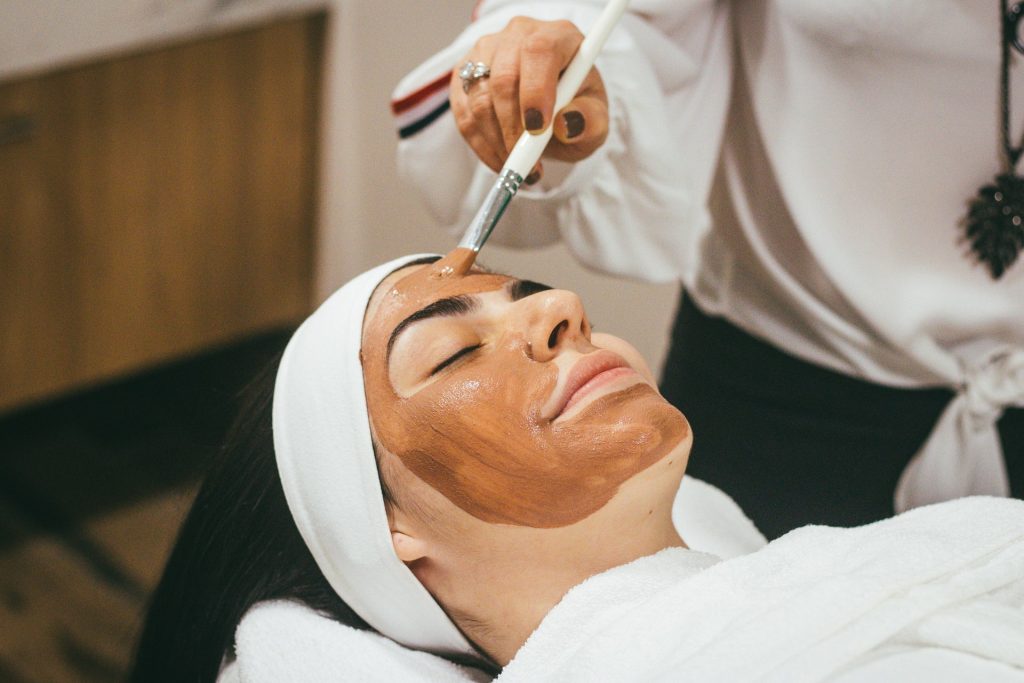
Another whitehead removal process that has been proven to work effectively is chemical peels. Chemical peels improve the overall outlook of the skin. This treatment involves applying a solution designed to peel off the blemished outer layer of the skin. The new skin layer that is exposed is usually lustrous and unwrinkled. Chemical peels are applied to the face, hands, and neck.
There are different types of peels: light, medium, and deep. When carried out by a board-certified medical aesthetician, chemical peels are extremely safe. For complete safety and efficacy, following your medical aesthetician’s post-operation instruction is essential.
Chemical peels are also used to:
- Minimize fine lines under the eyes and around the mouth
- Clear wrinkles caused by sun and aging
- Make mild scars look less visible
- Reduce age spots, freckles, and dark patches that are caused by pregnancy or contraceptives.
- Enhance the quality of the skin
Sun damage is one of the causes of whiteheads, which can be mitigated by chemical peels. After a session of chemical peel, the skin will temporarily be delicate. Therefore, t is advisable to wear sunscreen every day. You should get a sunscreen that has a broad spectrum on the label. This automatically means that it will protect you from the sun’s UVA and UVB rays. Also, it should be a sunscreen that has an SPF value above 30. Don’t spend too much time under the sun, most notably between 10 am and 2 pm. If you must be under the sun, wear a wide-brimmed hat.
Types of Chemical peels
There are three several types of chemical peels you can get. They include:
- Superficial peels: These use gentle acids like alpha-hydroxy acid to exfoliate your skin gently. It only peels off the topmost layer of the skin. Also known as light peels, light chemical peels do not require any extensive recovery period.
- Medium peels: This type of chemical peel uses trichloroacetic or glycolic acid to penetrate the skin’s middle and outer layers. This is more effective for removing damaged skin cells.
- Deep peels: This type of peel thoroughly penetrates the middle layer of the skin to remove damaged skin cells. They often contain phenol or trichloroacetic acid.
Who should go for a chemical peel?
Chemical peels turn out better for fair and light-skinned people than people with darker skin. This doesn’t mean that if you are dark-skinned, the results won’t be effective. It all depends on the problem being treated.
Saggy skin, bulges, and severe wrinkles cannot be treated by chemical peels. Usually, they will need other types of cosmetic treatments. You may consider treatments such as; laser resurfacing, facelift, brow lift, eyelid lift, or soft tissue filler (collagen or fat). A cosmetic injector or a medical aesthetician can help decide which is the best option for you.
How chemical peels are done
Chemical peels are typically done in-office. Deep peels may be done in an outpatient surgical facility. It is a one-day procedure, so you don’t have to sleepover at the hospital. Before the process, they will have you tie your hair back. Your face will be cleaned before the procedure starts. You may also be provided with protection in the form of goggles and gauze.
Your aesthetician will most likely anesthetize the area. This is essential, especially if you’re getting a deep peel. For deep peels, your doctor will use a local anesthetic, which will numb large areas. It is vital to do this if you’re having your neck and face peeled. For deep peels, you may also be given an IV drip while your heartbeat will be closely monitored.
The next step is the application of chemical solutions such as; glycolic acid, trichloroacetic acid, salicylic acid, lactic acid, or carbolic acid(phenol) to affected areas on your skin. This will cause a reaction that peels the upper layer of your skin and causes new skin to take its place.
During chemical peels, you may feel a heated sensation that only lasts for about 5 to 10 minutes. Then it is followed by a more painful sensation. Putting cool compresses on the skin will ease the tingling sensation. You may need painkillers during or after an in-depth peel.
Things to do before you get a chemical peel
To make sure that the results of your chemical peel are effective, follow these pre-procedural tips:
- Inform your doctor of your medical history. If you have scars or have had cold sores repeatedly, let your doctor know. If you have had facial x-rays in the past, let your medical aesthetician know. They will need this information to help you avoid unwanted consequences.
- Before a chemical peel, you may be asked to stop taking some drugs to help your skin prepare for the procedure. You may also be asked to start other medications to help you get the best results. The doctor may also specify that you use antibiotics or antiviral drugs. Be sure to follow any instructions of this nature.
- Discuss in-depth with your doctor and decide what type of peel you want. Decide if you want light peels, medium peels, or deep peels. This decision should depend on the condition of your skin and your aim for the treatment. Also, ask before the day of the treatment if you will need help driving home after the peel procedure and make proper arrangements if need be.
After a peel
You may feel a sensation similar to a sunburn following the procedure. The intensity of the feeling will depend on the type of chemical peel you got. Peeling usually entails redness then scaling that stops within three to five days. Delicate skins may take up take one to four weeks before you get the desired result.
Moderately deep and in-depth peels may cause swells and blisters that may break, crust, turn brown and peel off within seven to fourteen days. Moderately deep peels can be repeated in six to twelve months if you feel the need to. After treatment, you may need bandages on the treated areas.
During recovery, meticulously follow your doctor’s instructions. You will be given precise instructions on how frequently you should use moisturizers and other skin care procedures. Every instruction given should be strictly adhered to. Don’t stay under the sun until your skin has completely healed, and do not use makeup until your aesthetician says it is okay too.
Possible complications from chemical peels
Some skin types may experience a temporary or permanent change of color after a peel. Taking contraceptives, getting pregnant, or having a family history of brownish discoloration are factors that may increase your risk of discoloration.
The chances of scarring in some regions of the face are low. Some people may still experience scarring as a result of various mitigating factors. If scarring does occur, it can be cured with excellent results. People that have a history of herpes outbreak are likely to have cold sores. Your aesthetician or doctor can recommend drugs to help with that.
All in all, the chemical peel is a pretty safe whitehead removal method. Following the procedure, always take good care of your skin. Do this by following these tips:
- Do not use products that do not align with your skin.
- Find out your skin type and use products that care for your skin type accordingly.
- Also, wash your face twice daily with lukewarm water.
- Take off your makeup before you go to bed.
- Stay hydrated and keep your skin hydrated also.
- Use gentle exfoliants periodically.
To get rid of whiteheads can be done without stress. All you need is the perfect treatment plan for you. Your consultant can help you with selecting the ideal treatment for your condition.
Featured Photo by Shiny Diamond from Pexels



